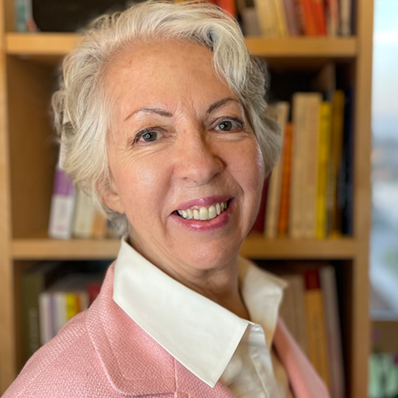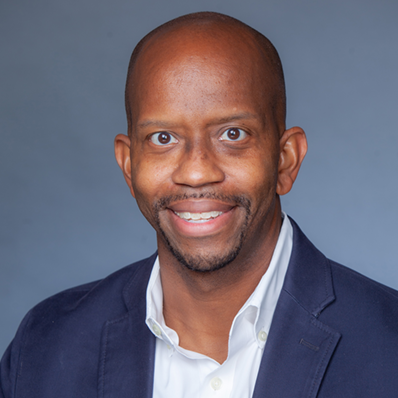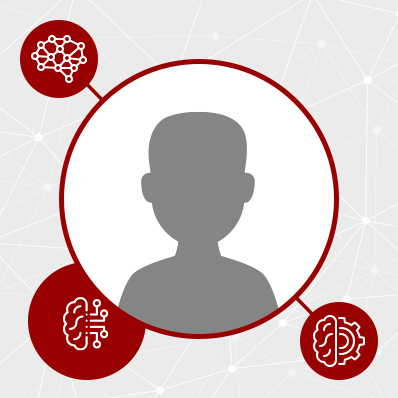Baker, Laura A.
Gene-environment interplay in human behavior, including personality, cognitive and social development. Rich datasets from longitudinal twin study of risk factors for externalizing behavior problems available for analysis.
Charaziak, Karolina
Assistant Professor of Otolaryngology-Head and Neck Surgery
Hearing loss is one of the most common sensory disabilities, with 350 million people worldwide suffering from hearing impairment. Unfortunately, the development of intervention strategies for overcoming the effects of sensory impairment is hampered by limited understanding of both how the normal inner ear processes environmentally relevant sounds and how disruptions in this processing can be identified and diagnosed. Thus, in our lab we aim to advance this knowledge by studying how the cochlea of the inner ear processes both simple and environmentally relevant sounds. We utilize approaches that combine both direct (e.g., intracochlear vibrometry) and indirect (e.g., otoacoustic emissions, electrophysiology) measurements of cochlear responses with theoretical modeling. Joint intracochlear and otoacoustic emission/electrophysiological studies informed by theoretical models are crucial for improving the power of diagnostics in humans, where the cochlea cannot be accessed for a direct study.
Finley, James
Associate Professor of Biokinesiology and Physical Therapy
In the USC Locomotor Control Lab, we seek to understand how walking is controlled and adapted in both the healthy and injured neuromuscular systems. We develop models and experiments based on principles of neuroscience, biomechanics, engineering, and exercise physiology to identify the factors that guide locomotor learning and rehabilitation. Ultimately, the goal of our work is to design novel and effective interventions to improve walking ability in individuals with damage to the nervous system.
Hires, Samuel Andrew
Associate Professor of Biological Sciences
The Hires lab is investigating the basis of biological intelligence. Over the past decade we developed numerous imaging tools to record large-scale patterns of neural activity that are used by thousands of neuroscience labs. These have resulted in hundreds of publicly available datasets embedded with rich representations of neural activity. We are now developing analytical tools, using recent AI developments, to ultimately distill undiscovered principles of biological intelligence from these datasets.
Itti, Laurent
Professor of Computer Science and Psychology
The main fundamental research focus of the lab is in using computational modeling to gain insight into biological brain function. Thus, we study biologically-plausible brain models, and we compare the predictions of model simulations to empirical measurements from living systems. The brain subsystem towards which most of our efforts are focused is the visual system. Our modeling efforts range from fairly detailed models of small neuronal circuits, such as a single hypercolumn of orientation-selective neurons in primary visual cortex, to large-scale models embodying several million highly-simplified neurons to explore mechanisms of visual attention, gaze control, object recognition, and goal-oriented scene understanding. Further, we strive to employ modeling principles which are mathematically optimal in some task- and goal-dependent sense. Thus, we are interested in investigating the tasks and conditions for which the biological brain approaches the theoretical limits of information processing.








